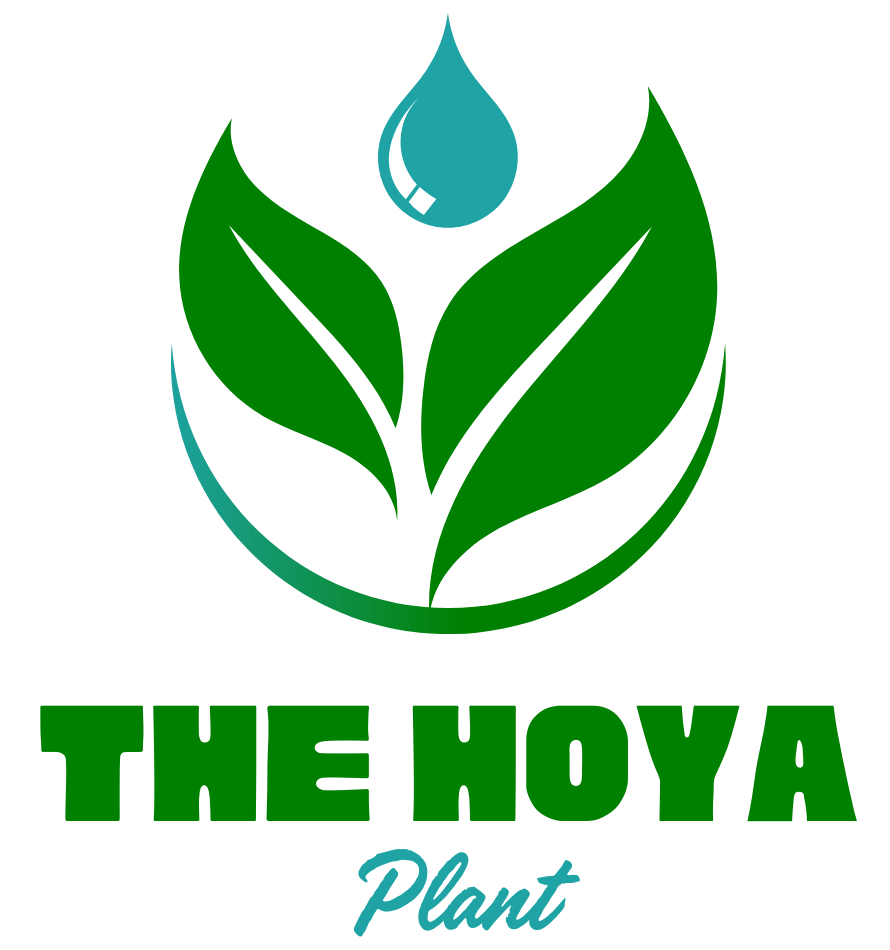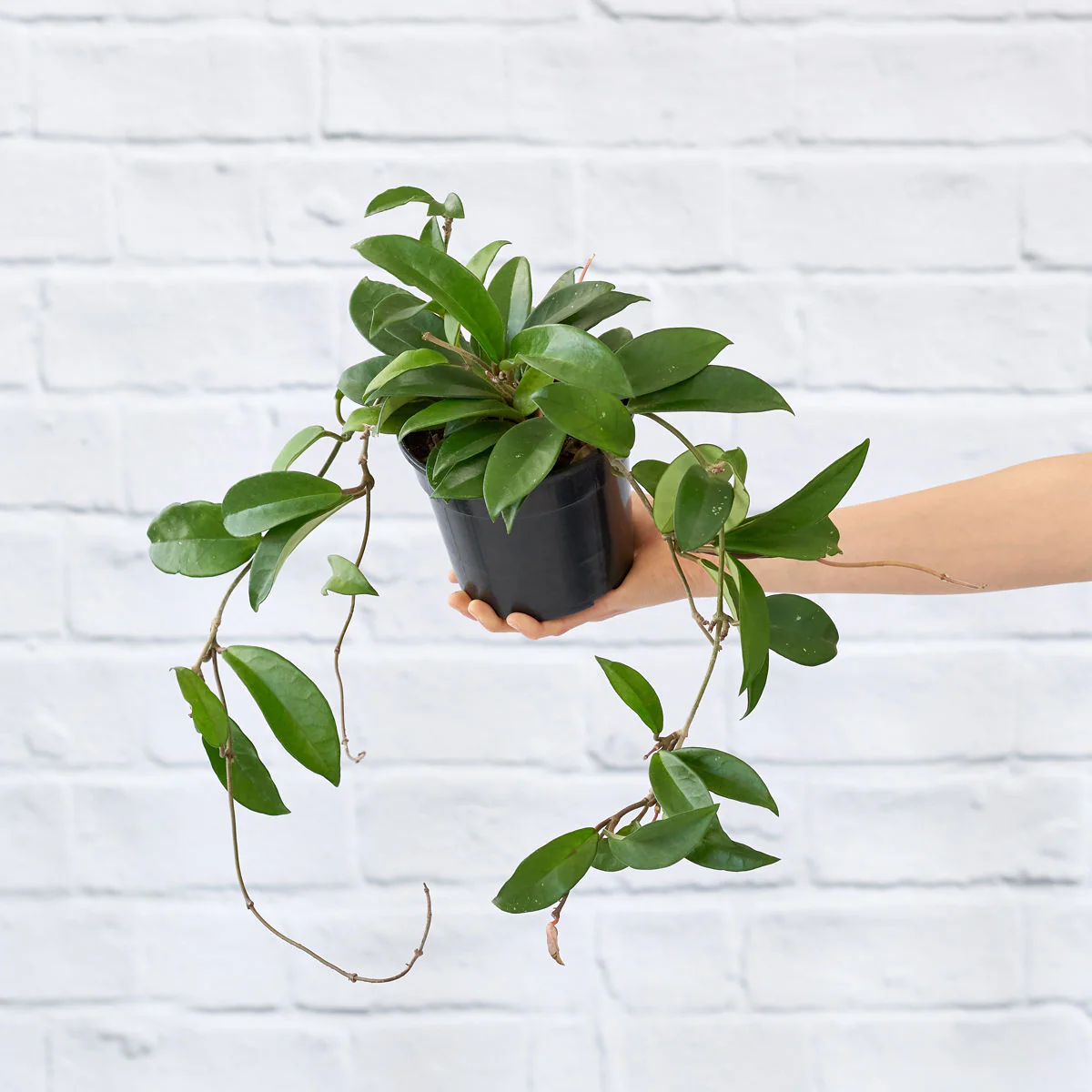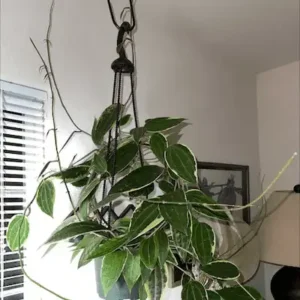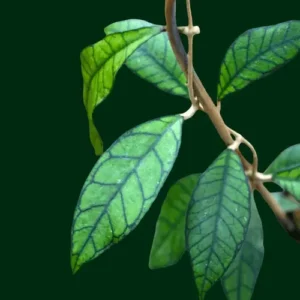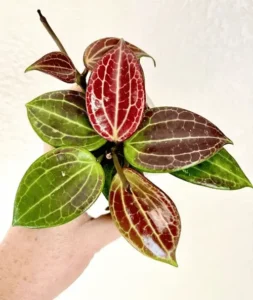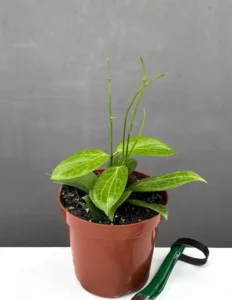when hoya plants come to watering, Hoyas have specific preferences that, if followed correctly, can help your plant thrive for years. In this ultimate guide to watering hoyas, we’ll explore everything you need to know about watering your Hoya plants, from its basic needs to seasonal adjustments and common mistakes to avoid.
Understanding the Hoya Plant’s Natural Habitat
Before diving into watering specifics, it’s essential to understand where the Hoya (plant) originates and how its natural habitat influences its care needs. Hoyas are native to tropical and subtropical regions of Asia and Australia, often growing as epiphytes, which means they live on other plants rather than in the ground. In these regions, they are accustomed to periods of heavy rainfall followed by dry spells and high humidity levels.
Because of their epiphytic nature, Hoyas are used to drying out between rain showers, and their thick, waxy leaves help retain moisture. Understanding this helps explain why Hoyas prefer a delicate balance between watering and drying out. They don’t need constant moisture like some tropical plants, but they also don’t thrive in extremely dry conditions for extended periods.
Key Factors to Consider When Watering Hoya Plants
1. Soil Type and Drainage
The type of soil you use for your Hoya plant plays a crucial role in its watering needs. As epiphytes, Hoyas prefer a well-draining soil mix that allows excess water to flow freely out of the pot, preventing the roots from sitting in water for too long. The roots of Hoya plants need oxygen to stay healthy, and overly compact or waterlogged soil can suffocate them, leading to root rot. It is the most effective ultimate guide to watering hoyas.
Ideal Soil Mix for Hoya Plants
- 1 part potting soil (preferably orchid mix)
- 1 part perlite or pumice
- 1 part bark or coconut coir
This mixture mimics the natural environment of an epiphytic plant by providing good aeration and drainage while retaining enough moisture for the roots.
2. The Importance of Drainage Holes
Whether you’re using a plastic, ceramic, or terracotta pot, it must have adequate drainage holes. Without proper drainage, water can accumulate at the bottom of the pot, leading to waterlogged soil and root rot. Always check to ensure that excess water can flow out of the container easily. It is the most effective ultimate guide to watering hoyas.
If you love decorative pots without drainage holes, you can still use them. Simply place your Hoya plant in a smaller plastic pot with drainage and then set it inside the decorative pot. This way, you can remove the inner pot when watering to let the excess water drain away before placing it back in the decorative container.
3. Watering Frequency
How often should you water your Hoya? This is a common question with no one-size-fits-all answer. Several factors, including the size of the plant, the type of pot, the temperature, and the humidity in your home, will influence how frequently you should water. However, a general rule of thumb is to let the top 1-2 inches of soil dry out between waterings.
Key Watering Frequency Guidelines
- Spring and Summer: During the growing season, Hoyas require more frequent watering. You might need to water once every 7-10 days, depending on the environmental conditions.
- Fall and Winter: When the plant goes into a semi-dormant state during colder months, reduce the frequency of watering. Watering every 2-3 weeks may be sufficient.
Always check the soil moisture before watering. Hoyas are more tolerant of underwatering than overwatering, so if you’re unsure, it’s better to wait another day or two.
4. Type of Water to Use
While it might not seem like a big deal, the type of water you use can have an impact on the health of your Hoya plant. In many areas, tap water contains chemicals such as chlorine or fluoride, which can accumulate in the soil over time and potentially harm your plant. Some Hoyas are sensitive to these chemicals, so it’s a good idea to use filtered water, distilled water, or rainwater whenever possible.
Room temperature water is best for Hoyas, as cold water can shock the roots, particularly if the plant is grown indoors in a warm environment.
5. Humidity Levels
As tropical plants, Hoyas love humidity, though they can tolerate lower levels if necessary. Ideally, you should aim to keep the humidity around your Hoya between 40% and 60%, especially during the dry winter months when indoor heating can cause humidity to drop.
To increase humidity levels for your Hoya, you can:
- Mist the leaves lightly a few times a week.
- Place a humidity tray (a shallow tray filled with water and pebbles) under the plant).
- Use a room humidifier near your plants.
Maintaining the right humidity level will not only help your plant absorb moisture more effectively but also encourage healthy growth and flowering.
Watering Techniques: The Right Way to Water Your Hoya
Now that we’ve covered the basic principles, let’s discuss some practical watering techniques.
1. Watering from the Top
Watering from the top is the most common method and works well for most Hoyas. To do this:
- Slowly pour water over the soil surface until you see water start to drip from the drainage holes.
- Allow the water to drain fully and discard any excess water collected in the saucer.
- Avoid getting water on the leaves, as Hoyas are prone to fungal infections if moisture sits on their foliage for too long.
2. Soak and Drain Method
This technique works especially well if your plant has dried out completely or if you’re growing your Hoya in a hanging basket, which tends to dry out faster. Here’s how it works:
- Place the entire pot in a sink or a large container of water.
- Let the plant soak for about 10-15 minutes, allowing the soil to absorb water through the drainage holes.
- Once the soil is fully saturated, remove the pot and allow any excess water to drain away before placing it back in its spot.
This method ensures that the entire root system is thoroughly hydrated without leaving the surface soil too soggy.
3. Bottom Watering
Bottom watering is another effective technique for Hoyas, especially if you’re worried about overwatering. To bottom water:
- Fill a shallow tray with water and place the pot in it.
- Allow the plant to absorb water through the drainage holes for about 15-30 minutes.
- Once the soil is moist, remove the pot and let any excess water drain.
This method encourages deeper root growth and reduces the risk of overwatering the topsoil.
Seasonal Adjustments to Hoya Plant Watering
Like most houseplants, Hoyas have different water needs throughout the year. It is the most effective ultimate guide to watering hoyas.
Spring and Summer (Growing Seasons)
- During warmer months, your Hoya will be actively growing and may even bloom. This is the time when the plant will need more frequent watering.
- Check the soil moisture every few days and water when the top 1-2 inches are dry.
- If the plant is exposed to bright light or in a warmer environment, it will dry out more quickly, so adjust your watering schedule accordingly.
Fall and Winter (Dormant Seasons)
- In the cooler months, Hoyas slow down their growth and use less water. Overwatering during this period can lead to root rot.
- Allow the soil to dry out more between waterings, and you may only need to water once every 2-3 weeks.
- Pay attention to indoor heating, which can cause the plant to dry out more quickly than expected.
Common Watering Mistakes to Avoid
Even with the best intentions, it’s easy to make mistakes when watering your Hoya plant. Here are some common pitfalls and how to avoid them:
1. Overwatering
Hoyas are more likely to suffer from overwatering than underwatering. Symptoms of overwatering include yellowing leaves, mushy stems, and the dreaded root rot. If you notice these signs, take immediate action by cutting back on watering and allowing the soil to dry out thoroughly.
2. Underwatering
While Hoyas prefer to dry out between waterings, they still need regular hydration to stay healthy. If the leaves become wrinkled, soft, or start to drop, your plant may not be receiving enough water. If this happens, give the plant a good soak using the soak and drain method and adjust your watering schedule.
3. Watering on a Schedule
It’s tempting to water on a strict schedule, but this can lead to overwatering or underwatering depending on environmental changes. Instead, check the soil moisture before watering each time.
4. Ignoring Humidity Needs
Hoyas thrive in high humidity, especially when they’re in their active growing phase. Ignoring this aspect can cause the plant to become stressed, leading to slower growth and fewer blooms.
How to Recognize Water-Related Problems in Hoya Plants
Knowing how to identify early signs of water-related stress can save your plant from serious damage. It is the most effective ultimate guide to watering hoyas.
Signs of Overwatering
- Yellowing leaves
- Soft, mushy stems
- Fungal growth or mold on the soil surface
- Root rot (black, mushy roots)
Signs of Underwatering
- Wrinkled, soft leaves
- Leaf drop
- Slow growth or stunted growth
- Dry, crumbly soil
If you notice any of these signs, take corrective action immediately by adjusting your watering routine or repotting the plant if root rot has set in.
FAQs How often do you water a hoya plant? In spring and summer water your hoya once every 14 days. Before watering make sure the soil is well drained. While watering the hoya again, let your hoya dry out to ensure it is healthy. How to tell if Hoya needs water? The soil test is the most reliable method to feel out the hoya needs water. If it feels dry to the touch, its a time to water it. The other method is the weight test, pick up the hoya pot when the soil is dry. Do Hoya plants need sun? Hoya plants thrives in bright, indirect sunlight. They don’t requre full sunlight. For better growth put your hoya in a place where bright, indirect sunlight comes. In case of direct sunlight, your hoya will be died. |
Conclusion
Watering your Hoya plant correctly is essential to its overall health and longevity. By understanding the plant’s natural habitat, using the right soil mix, ensuring proper drainage, and adjusting for seasonal changes, you can help your Hoya thrive. Avoid common mistakes like overwatering and underwatering, and always pay attention to the plant’s signals. With the right care, your Hoya plant will reward you with beautiful foliage and, if you’re lucky, stunning star-shaped flowers.
Remember, each Hoya is unique, and learning its specific needs may take some time. Patience and careful observation are key to ensuring your plant grows healthy and strong for years to come.
